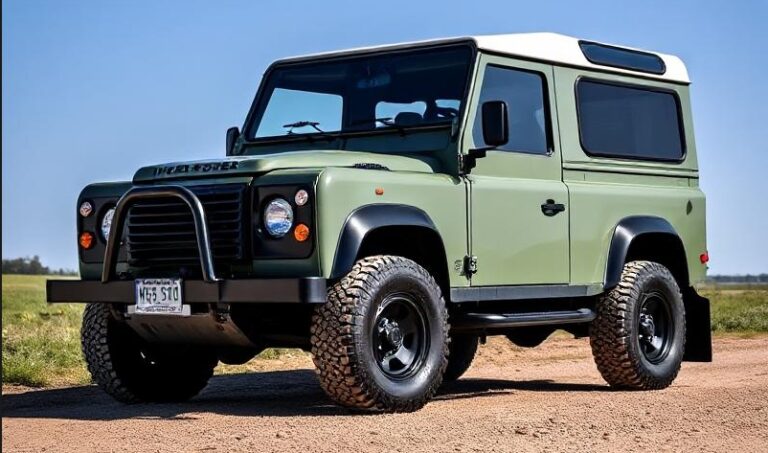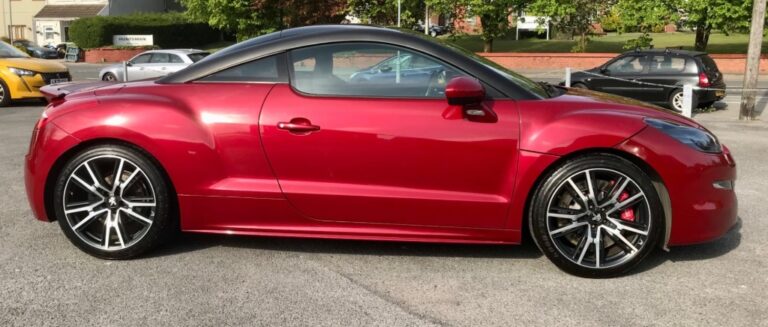The Evolution of the Volvo 940 and 960: A Comprehensive Overview
Volvo, renowned for its commitment to safety, durability, and Swedish engineering, has a storied history that spans over a century. Among its most iconic models are the Volvo 940 and 960, which played significant roles in the brand’s evolution during the late 20th century and early 21st century. This article provides a detailed overview of these models, charting their development, production timelines, and the various trims and versions offered over the years.
Introduction to the Volvo 900 Series
The Volvo 900 series was introduced as a successor to the 700 series, marking a new chapter in Volvo’s design and engineering philosophy. The series comprised two main models: the 940 and the 960, produced from the late 1980s to the early 2000s. These models were distinguished by their robust build quality, safety features, and a range of engine options tailored to diverse markets and customer preferences.
The Volvo 940: Origins and Development
Production Years: 1990 – 1998
The Volvo 940 was introduced in 1990 as a more affordable and utilitarian alternative to the 960, which was positioned as the more luxurious flagship of the series. The 940 was essentially a facelifted version of the earlier 700 series, with updated styling and features, but retained much of the mechanical architecture of its predecessor.
Design and Features:
- The 940 retained the boxy, practical design characteristic of Volvo’s 700 series but with minor updates.
- It was available as a sedan and station wagon (estate).
- The model was renowned for its durability, ease of maintenance, and spacious interior.
Model Variants and Trim Levels:
Throughout its production, the 940 was offered in various trims, primarily focusing on practicality rather than luxury:
- Base Models: Often designated as 940 L or 940 GL, these trims included basic features suitable for fleet and budget-conscious buyers.
- GLE and SE: Higher trims offered additional comfort, such as power windows, improved interior materials, and upgraded audio systems.
- Turbo Variants: The 940 Turbo was introduced in the early 1990s, offering a turbocharged 2.3-liter four-cylinder engine, providing more performance.
- Diesel Versions: A 2.4-liter turbodiesel engine was available, catering to markets where diesel was preferred for economy.
Engine Options:
- Petrol Engines:
- 2.3L I4 naturally aspirated (B230F)
- 2.3L I4 turbocharged (B230FT), introduced in the early 1990s
- Diesel Engines:
- 2.4L I4 turbodiesel (D24T, D24TIC)
Special Editions:
- Certain markets received special editions, such as the “Classic” or “Special” trims, which included unique badging and features.
Facelifts and Updates:
- In 1994, the 940 received a mid-cycle refresh with updated front grille, headlights, and interior improvements.
- The station wagon version remained popular throughout its production, especially in Europe.
The Volvo 960: The Luxurious Flagship
Production Years: 1990 – 1998
The Volvo 960 was introduced concurrently with the 940 as the flagship of the 900 series. It was a significant step forward in terms of design, technology, and luxury features.
Design and Features:
- The 960 featured a more modern, aerodynamic design compared to the boxy 940.
- It was available solely as a sedan initially, with a station wagon variant introduced later.
- The model was equipped with more upscale features, emphasizing comfort and safety.
Model Variants and Trim Levels:
The 960 was offered in fewer trims than the 940 but with more comprehensive standard features:
- Base 960: Included luxury touches such as leather upholstery, power accessories, and upgraded audio.
- GLT: A sportier trim with additional performance features and sport suspension.
- Executive or SE Versions: Offered in some markets with premium features, wood trim, and additional comfort features.
Engine Options:
- The hallmark of the 960 was its engine lineup:
- 2.5L Inline-6: The initial engine, producing around 168 horsepower.
- 2.5L Turbocharged Inline-6 (2.5T): Introduced in the early 1990s, delivering around 185 horsepower.
- 3.0L Inline-6: An upgraded, more powerful engine producing approximately 181 horsepower.
- D5 Diesel (later in production): A 2.5L diesel engine offering improved fuel economy.
Transmission Options:
- 4-speed automatic
- 5-speed manual (less common, primarily in European markets)
- 4-speed overdrive automatic became standard in most models.
Luxury and Safety Features:
- Leather interior
- Power seats, windows, and mirrors
- Climate control
- Advanced safety features for the time, including anti-lock brakes (ABS), side-impact protection, and reinforced safety cells.
Facelifts and Updates:
- The 960 underwent a facelift in 1994, featuring updated front and rear styling, interior enhancements, and new technology.
- In 1996, Volvo introduced the S90/V90 replacement, but some markets continued to see the 960 until its discontinuation.
.

.
Transition and Discontinuation
By the late 1990s, both the 940 and 960 were approaching the end of their production cycles. Volvo shifted focus towards newer models built on the P2 platform, such as the S80, V70, and later models emphasizing modern design and safety.
End of Production:
- The Volvo 940 was phased out in 1998, replaced by more modern station wagons and sedans.
- The 960’s production also concluded in 1998, succeeded by the S80 and V70, which continued Volvo’s tradition of safety and comfort.
Legacy and Collectibility
The Volvo 940 and 960 remain highly regarded among enthusiasts and collectors for their durability, safety features, and classic Swedish design. The 940, with its boxy, pragmatic aesthetic, is often seen as a symbol of Volvo’s practical ethos, while the 960 is appreciated for its more refined luxury and advanced technology.
Conclusion
The evolution of the Volvo 940 and 960 reflects the company’s commitment to safety, innovation, and customer needs. From the utilitarian 940 with its straightforward design and robust engineering to the more luxurious and technologically advanced 960, these models marked significant milestones in Volvo’s history.
Over nearly a decade each, these cars adapted to changing market demands, incorporating new engines, safety features, and design updates. Today, they are celebrated as durable, safety-conscious vehicles that exemplify Swedish automotive engineering.







